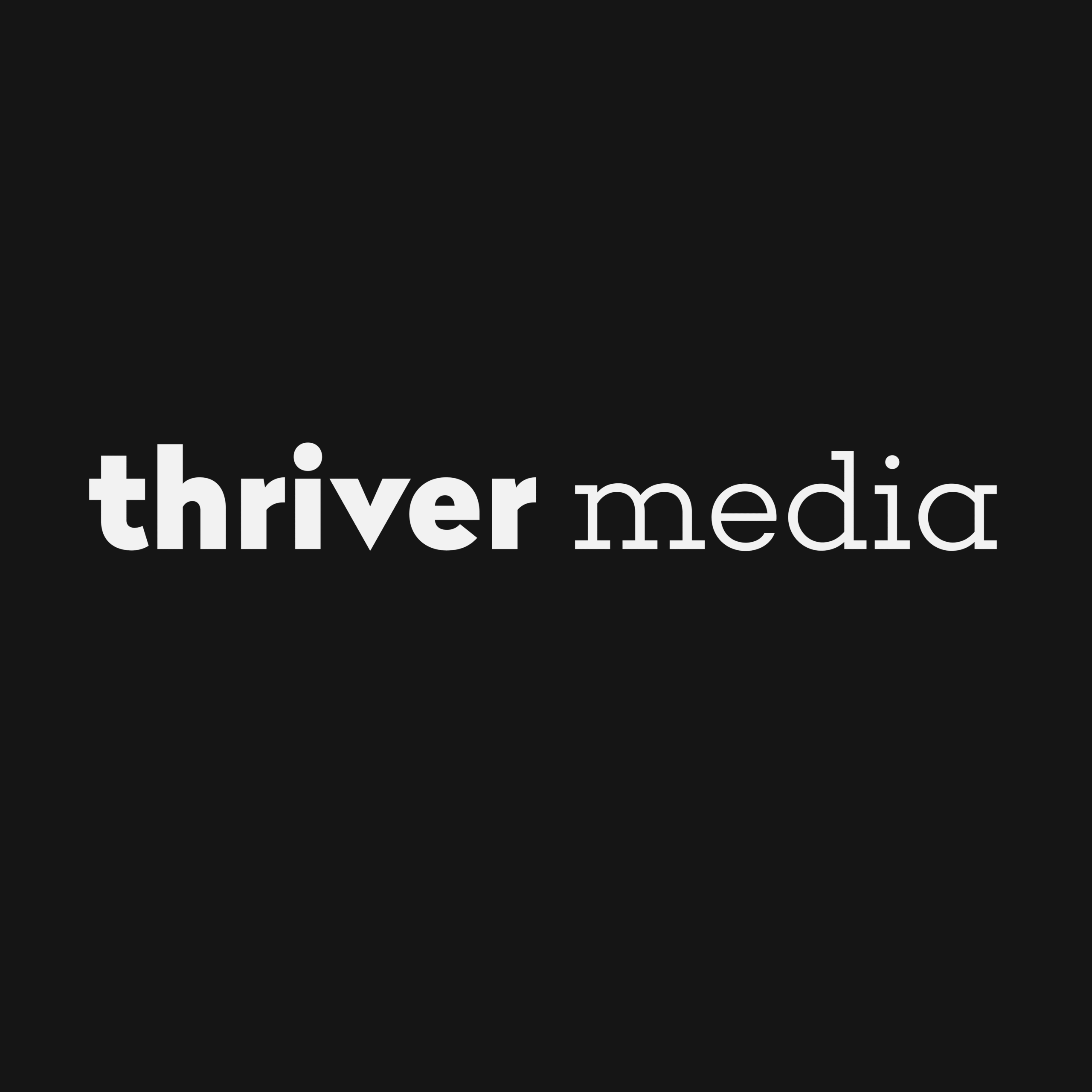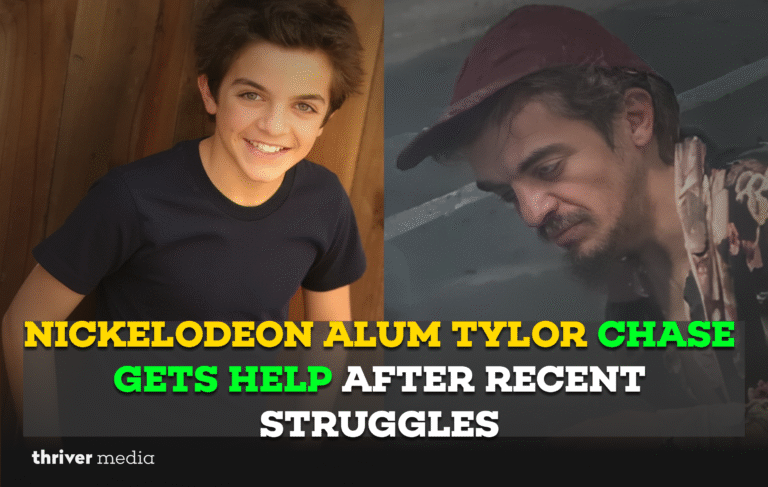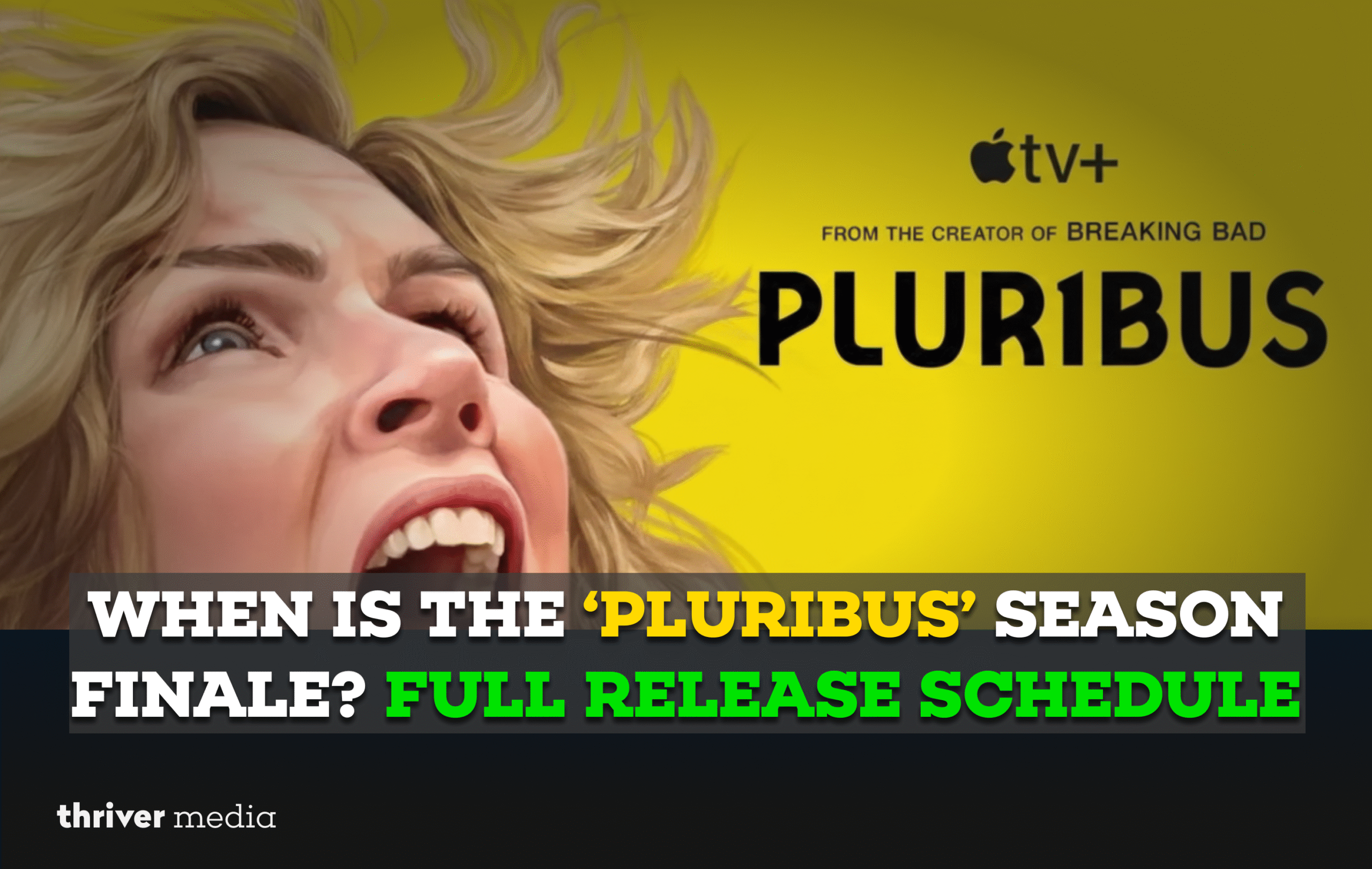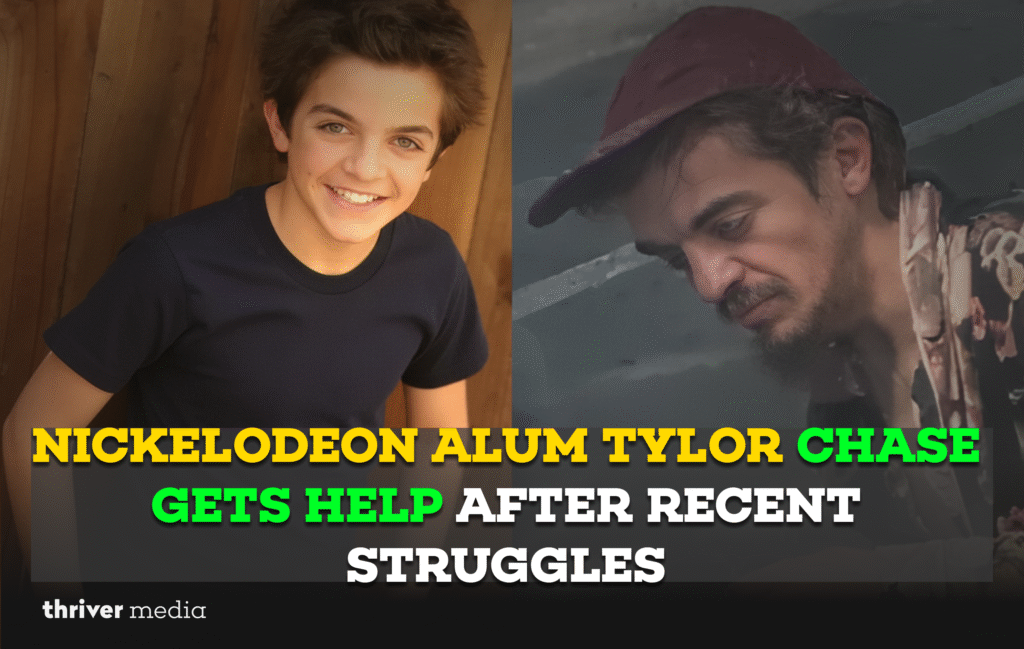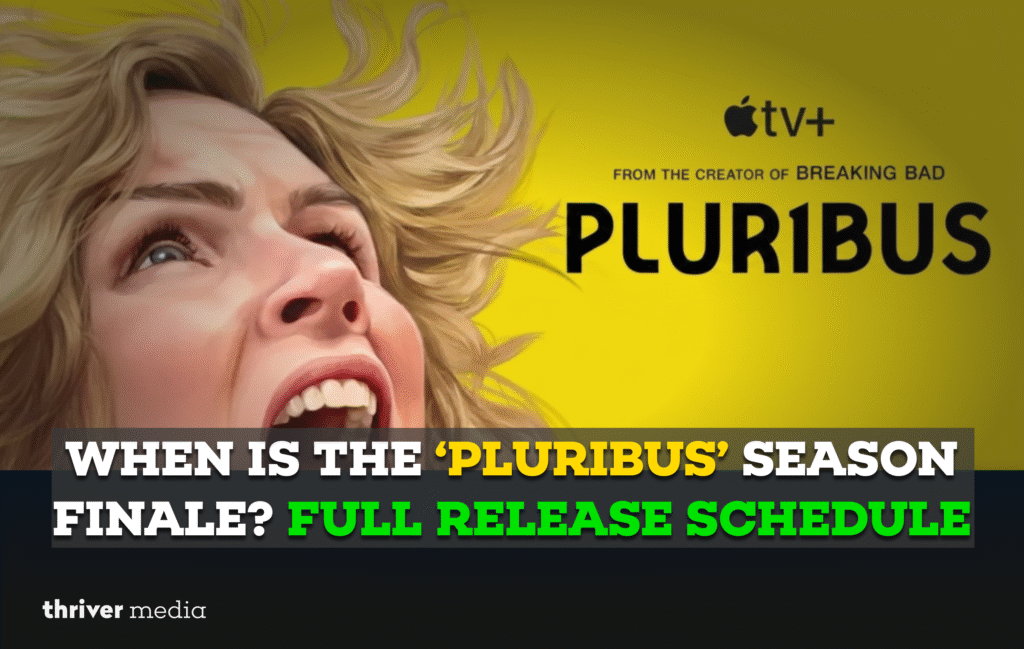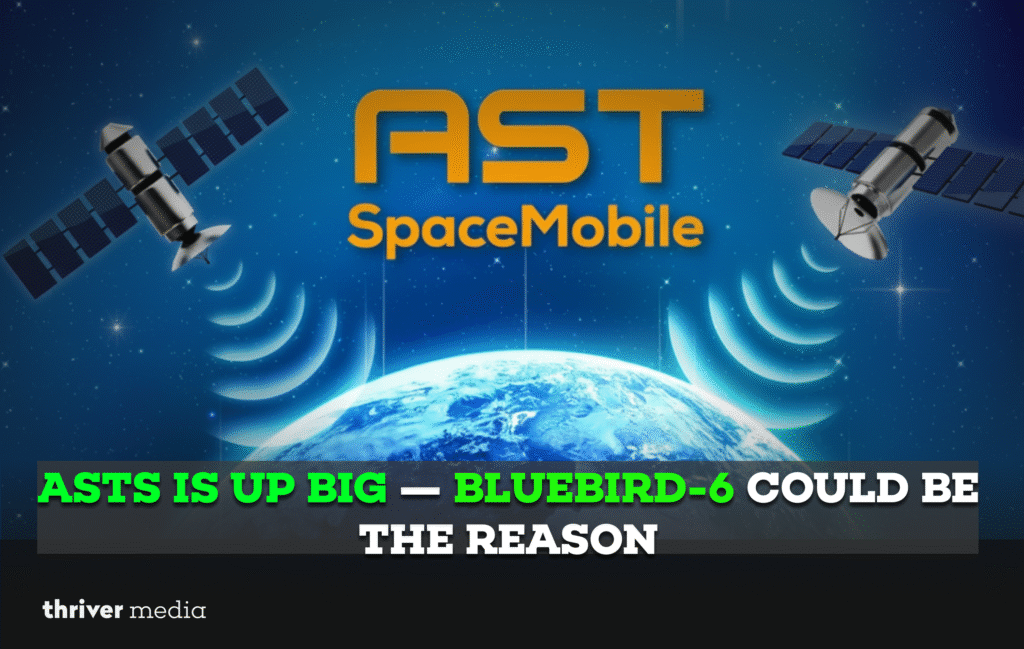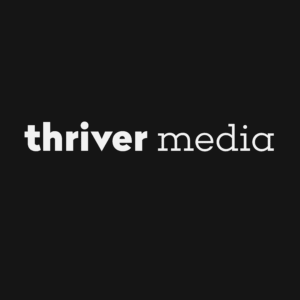The U.S. faces another potential government shutdown as Trump and Democrats clash over healthcare funding.
The United States is careening toward a partial government shutdown after a meeting between President Donald Trump and top congressional leaders on Monday yielded no agreement, with both sides immediately blaming the other for the impending crisis.
Vice President JD Vance set a grim tone after the talks and said, “I think we’re headed to a shutdown.” The deadlock comes from a core dispute. Democrats want to extend expiring healthcare subsidies in the funding deal. Republicans say lawmakers must handle the issues separately.
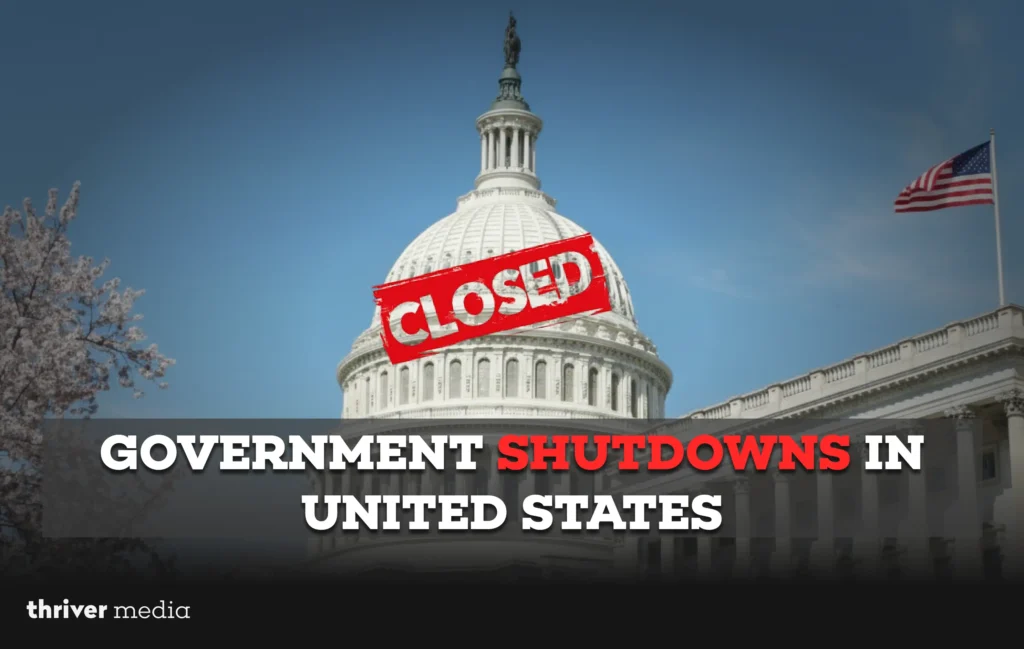
The Sticking Point: A Clash Over Healthcare and Funding
The core of the conflict lies in the Affordable Care Act (ACA). Senate Minority Leader Chuck Schumer and House Democratic Leader Hakeem Jeffries are pushing to extend enhanced tax credits. They are using their leverage in the closely divided Senate. The credits help about 24 million Americans pay for health insurance. They expire at the end of the year. With the new sign-up period starting November 1, Democrats say action is urgent.
“Enough with the games that Republicans have been playing connected to the health care of the American people,” Jeffries said at a press conference, signaling his party’s resolve.
Republicans, however, have rejected this approach. They have passed a bill in the House that would extend government funding at current levels for seven weeks, until November 21, and want the Senate to approve this “clean” measure. They accuse Democrats of holding the government hostage over an unrelated policy issue.
“This is purely and simply hostage-taking on behalf of the Democrats,” said Senate Republican Leader John Thune, while Vice President Vance accused them of putting “a gun to the American people’s head.”
Beyond the Brink: The Real-World Impact of a Shutdown
If Congress fails to pass a funding bill by 12:01 a.m. ET on Wednesday, the federal government will begin a partial shutdown. The consequences would be immediate and widespread:
- Federal Furloughs: Hundreds of thousands of non-essential federal workers would be furloughed without pay, from NASA scientists to national park rangers.
- Service Disruptions: Federal courts could close, grants for small businesses would be delayed, and the processing of passports and permits would slow significantly.
- Economic Data Blackout: The Bureau of Labor Statistics would shut down, delaying critical economic reports like the monthly jobs data and the Consumer Price Index, which the Federal Reserve relies on for interest rate decisions.
- Permanent Layoff Threat: This shutdown carries an unprecedented threat. President Trump said he may make some furloughs permanent. In the past, the government recalled all workers.
This could have a longer-lasting impact on the labor market, particularly in the Washington, D.C. region.
A Recurring Crisis: The History of Government Shutdowns in the US
This standoff is the latest chapter in a recurring story of American political brinksmanship. Government shutdowns have become a relatively routine tool in Washington’s political battles.
So, how many U.S. government shutdowns have there been? Since Congress adopted the modern budget process in 1976, the government has shut down 14 times. The most recent was also the longest: a 35-day closure from late 2018 into early 2019, a dispute over immigration during Trump’s first term.
A list of U.S. government shutdowns shows most lasted only a few days. Yet each one caused major uncertainty and disruption. The record of shutdowns under different presidents shows they happened in both Democratic and Republican terms. Many occurred when Congress was divided.
As the clock ticks down, the nation watches to see if Washington’s leaders can find a last-minute solution or if they will add another costly entry to the history of government shutdowns in the United States.
What Causes Government Shutdowns? Breaking Down the Budget Impasse
Disclaimer: The news and information presented on our platform, Thriver Media, are curated from verified and authentic sources, including major news agencies and official channels.
Want more? Subscribe to Thriver Media and never miss a beat.
